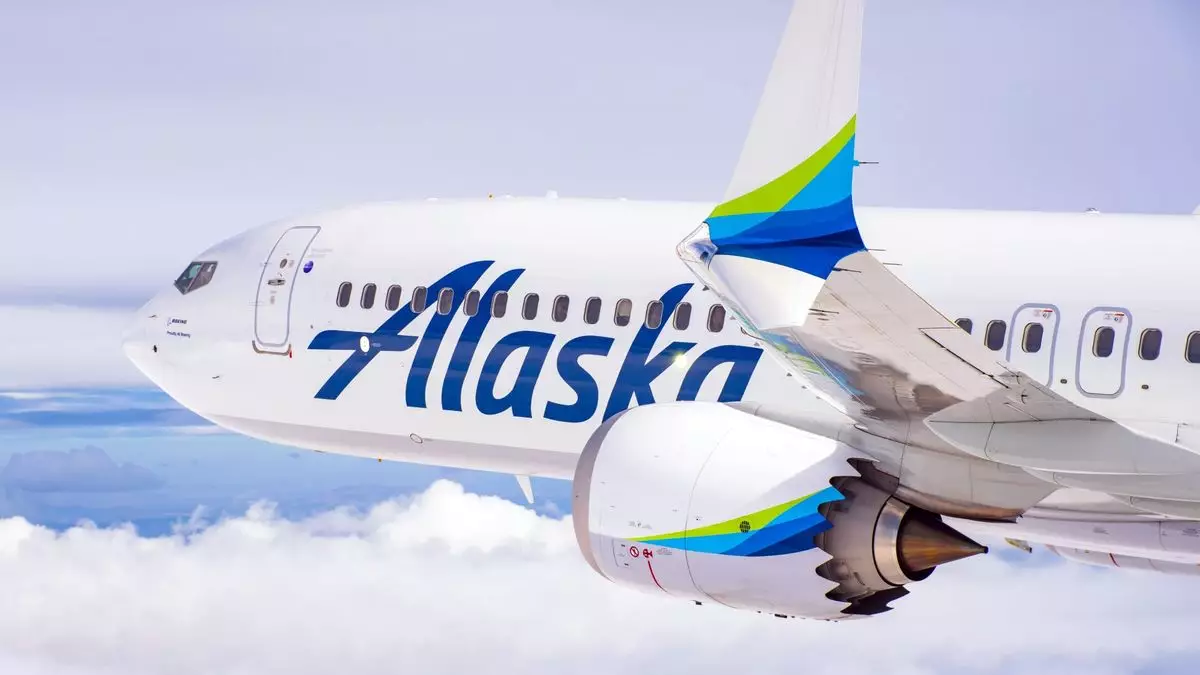The ongoing strike at Boeing, which has brought production of the 737 Max to a standstill, underscores the intricate relationship between manufacturing and airline operations. As U.S. airlines prepare for a challenging period ahead, especially with the holiday season approaching, the repercussions of this labor dispute are expected to resonate throughout the industry. This current situation raises questions about supply chain vulnerabilities and the preparedness of airlines to adapt to sudden disruptions.
Airlines across the U.S. are bracing themselves for significant delays in aircraft deliveries, which could severely disrupt their operational plans. According to findings from Bloomberg Intelligence, Alaska Airlines was positioned to receive the most deliveries, with 14 Boeing Max aircraft slated between September and December. American Airlines and United Airlines were not far behind, expecting 10 and nine deliveries, respectively. Together, these airlines constituted a significant portion of the total expected deliveries, which also impacts the planning and scheduling of flights, staffing, and connection routes.
Although the anticipated deliveries total 39 for the remaining four months of the year in the U.S., the associated implications are profound. Air travel typically sees a downturn post-summer, which may offer some buffer against the full impact of these delays. However, with high demand anticipated during the holiday months, airlines may find themselves underprepared.
Despite the strike, it appears that the impact on global deliveries may be less severe than initially feared. Bloomberg projects that out of a total of 146 global deliveries, 36 may still occur, primarily through Boeing’s existing inventory. This indicates that while U.S. airlines are feeling the brunt of the strike, international carriers such as Air India and various Chinese airlines may still receive the aircraft as planned. This distribution of deliveries underscores the complexity of aerospace logistics and how production halts in one region can reverberate globally.
As the strike continues, the future of production remains uncertain. The machinists’ union initially rejected a tentative contract, which highlights the underlying issues affecting the workforce and management relations at Boeing. The upcoming negotiations, with federal mediators stepping in, will be critical in determining how quickly production can resume. The stakes are high—not just for the workers and company, but for the broader supply chain involving key stakeholders like FedEx and military programs.
The ramifications of this strike extend beyond immediate aircraft deliveries; they also highlight a pivotal moment for U.S. airlines amid significant operational challenges. With heightened demand expected in the near future, airlines must navigate these uncertainties with strategic foresight. As negotiations unfold and the industry watches closely, the equilibrium between labor relations, production capabilities, and airline operations will be put to the test—ultimately shaping the future landscape of commercial aviation.

